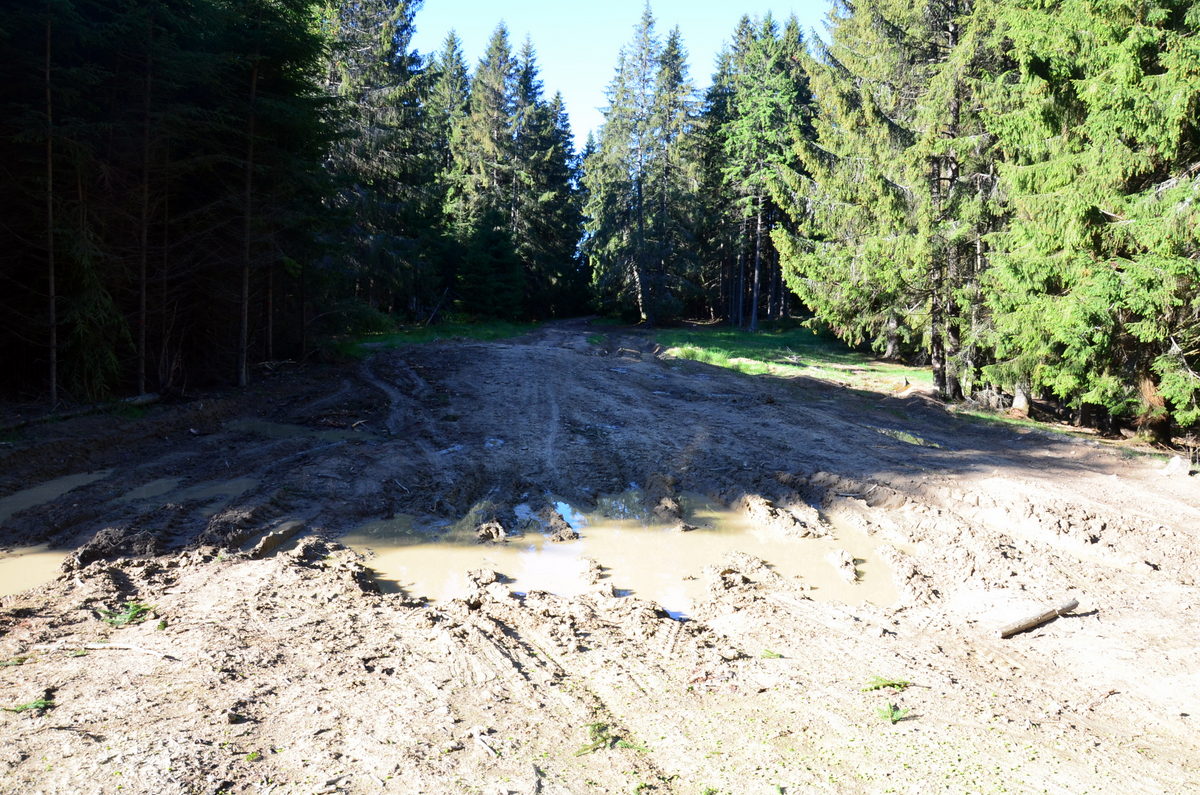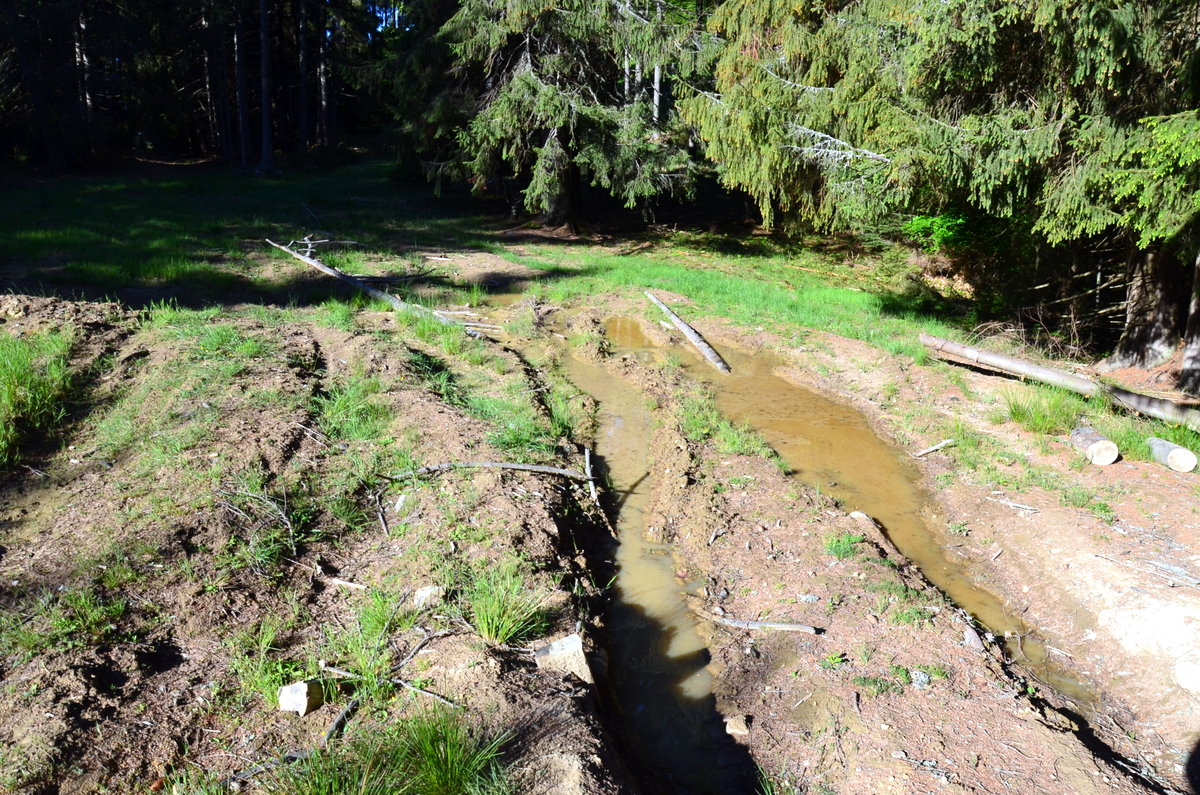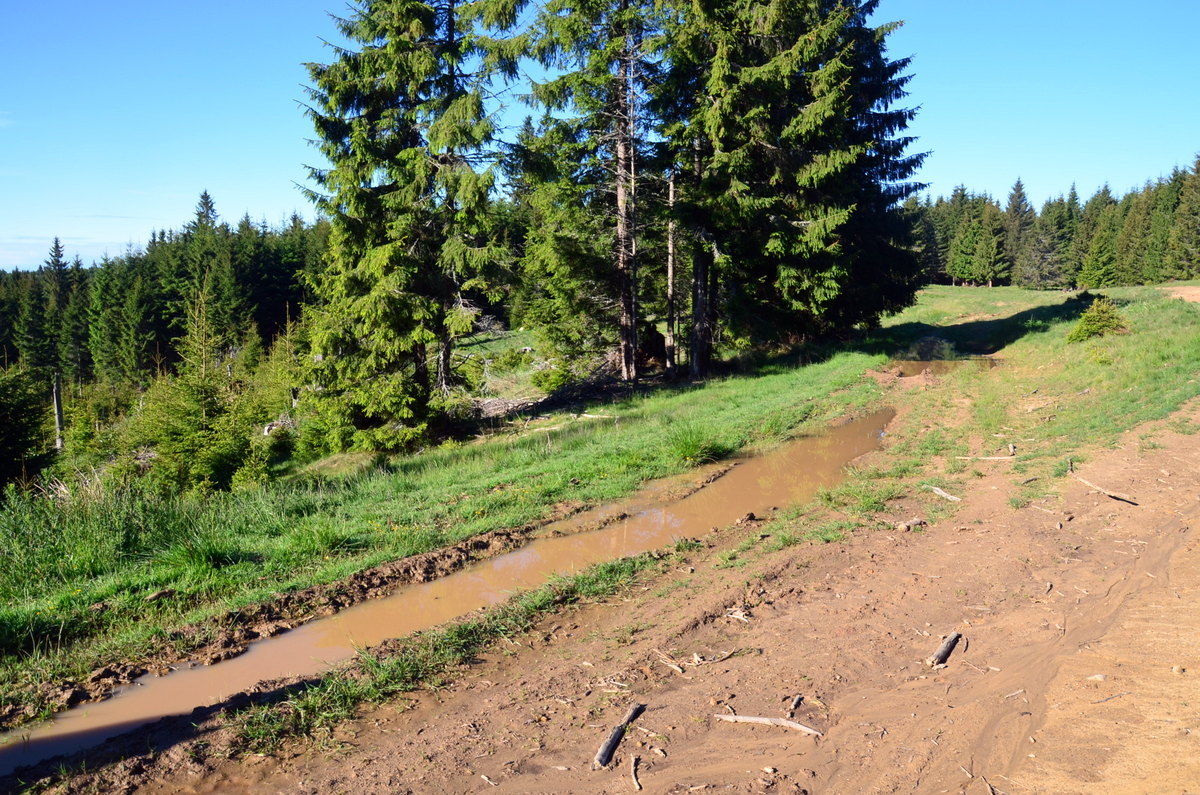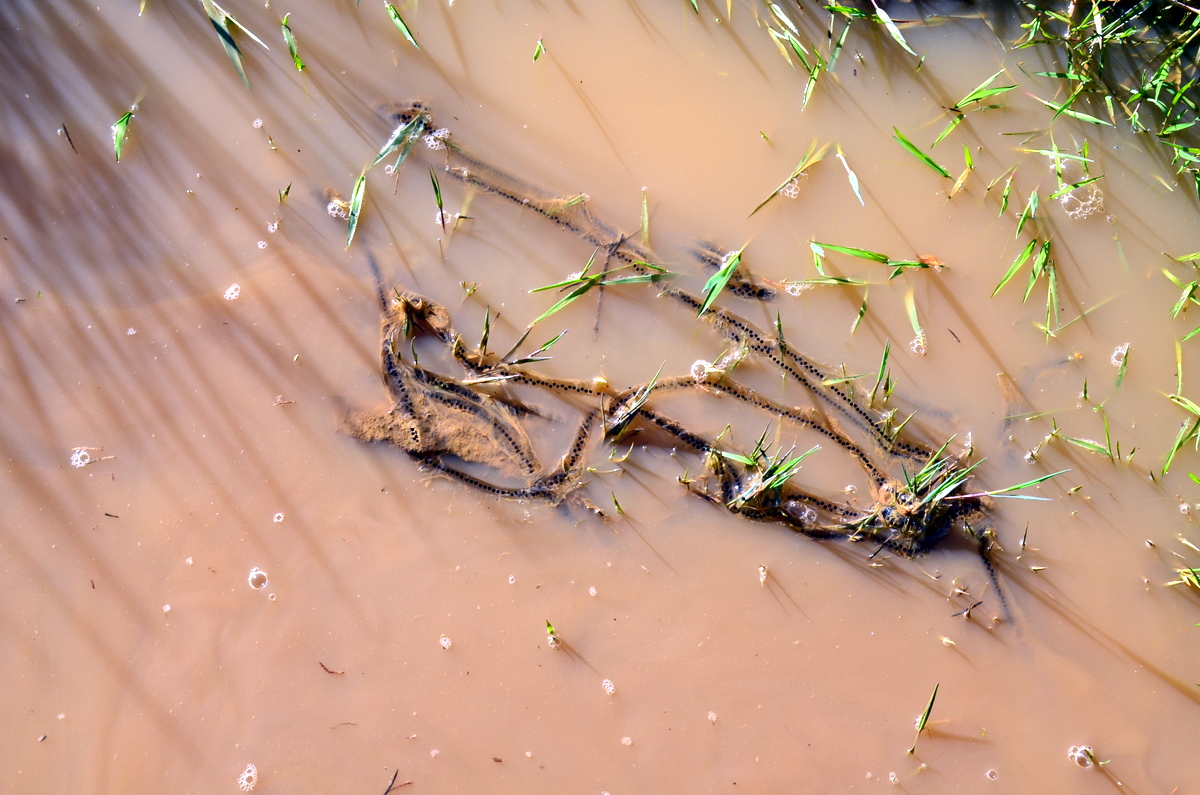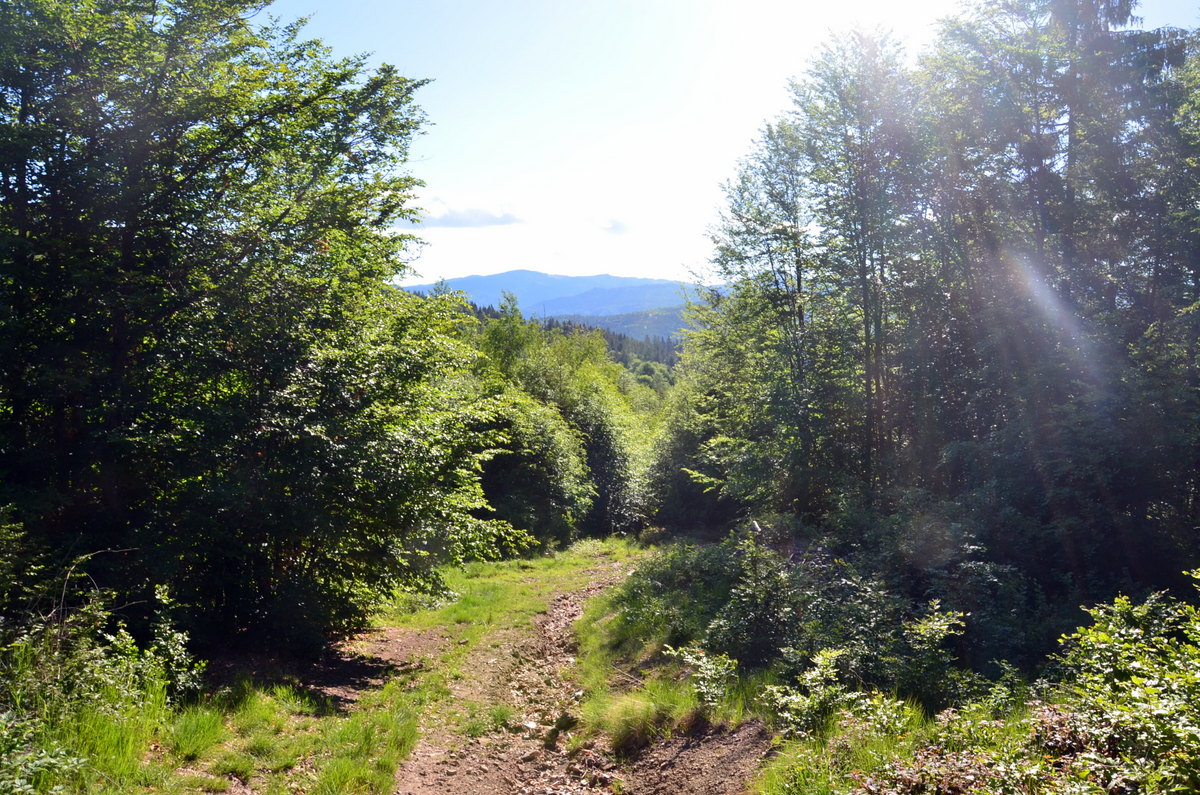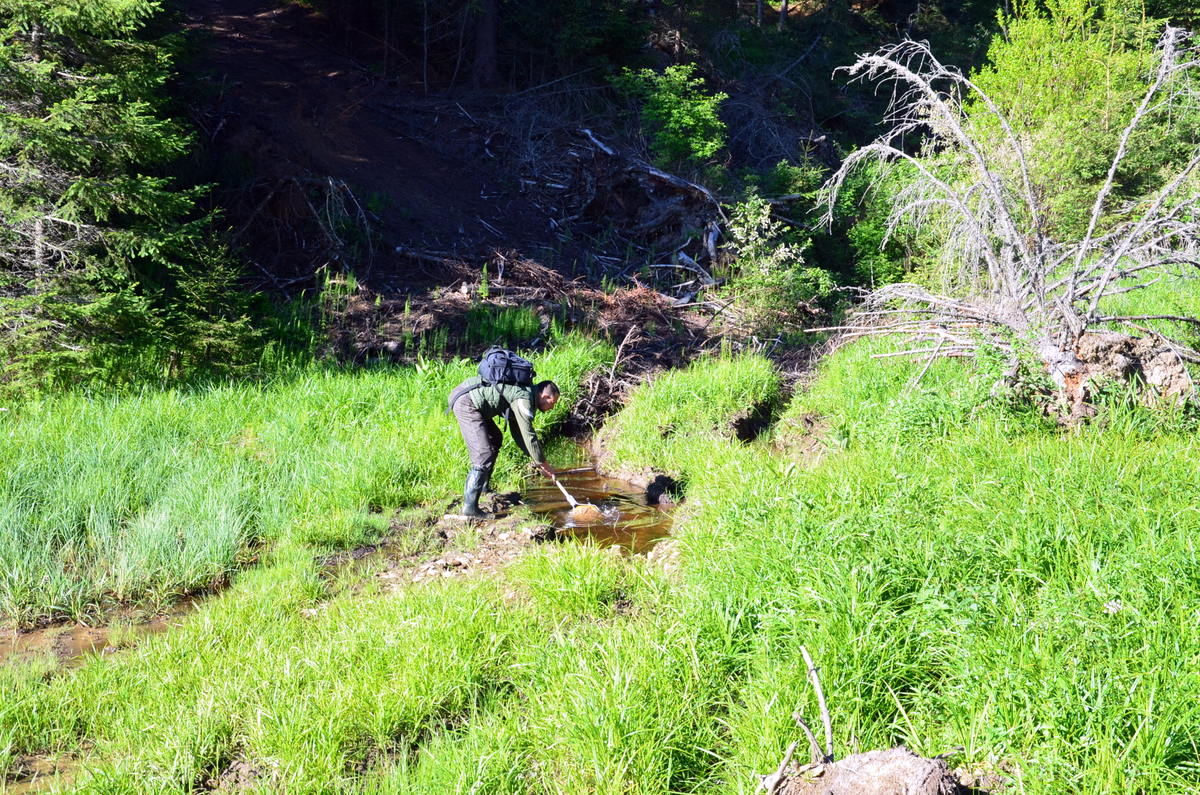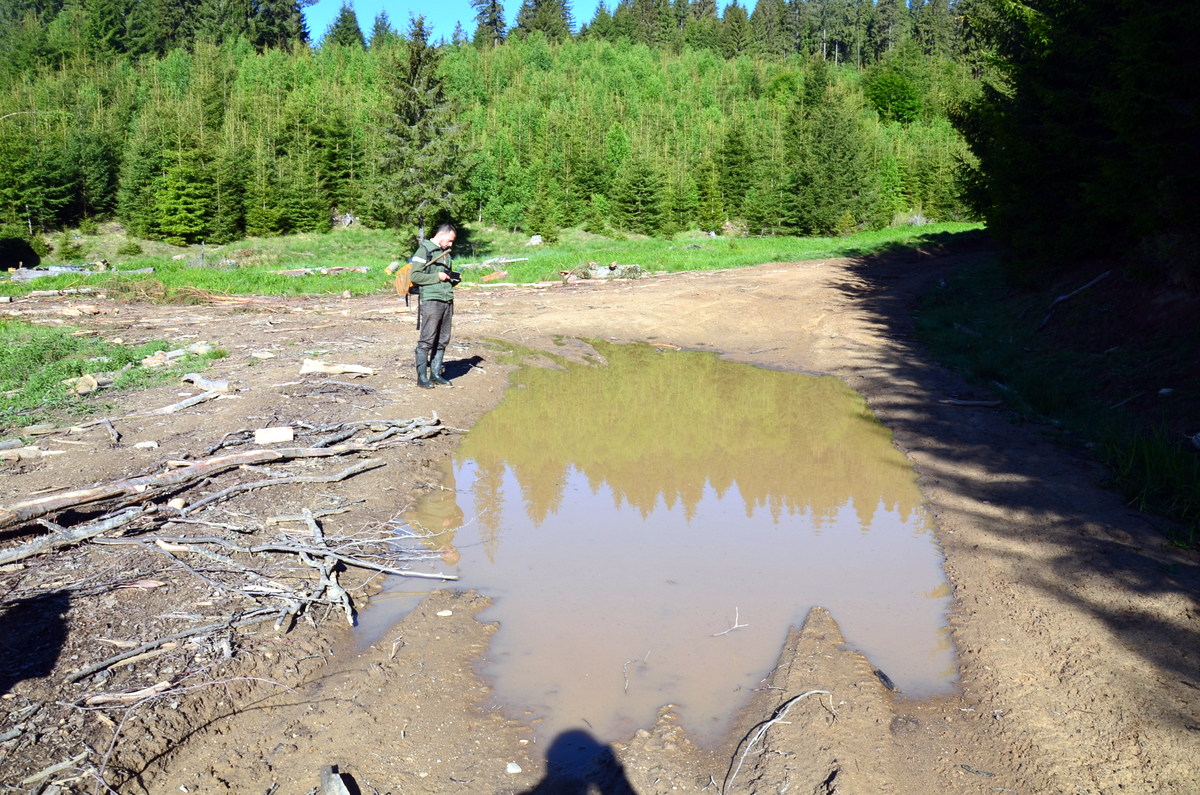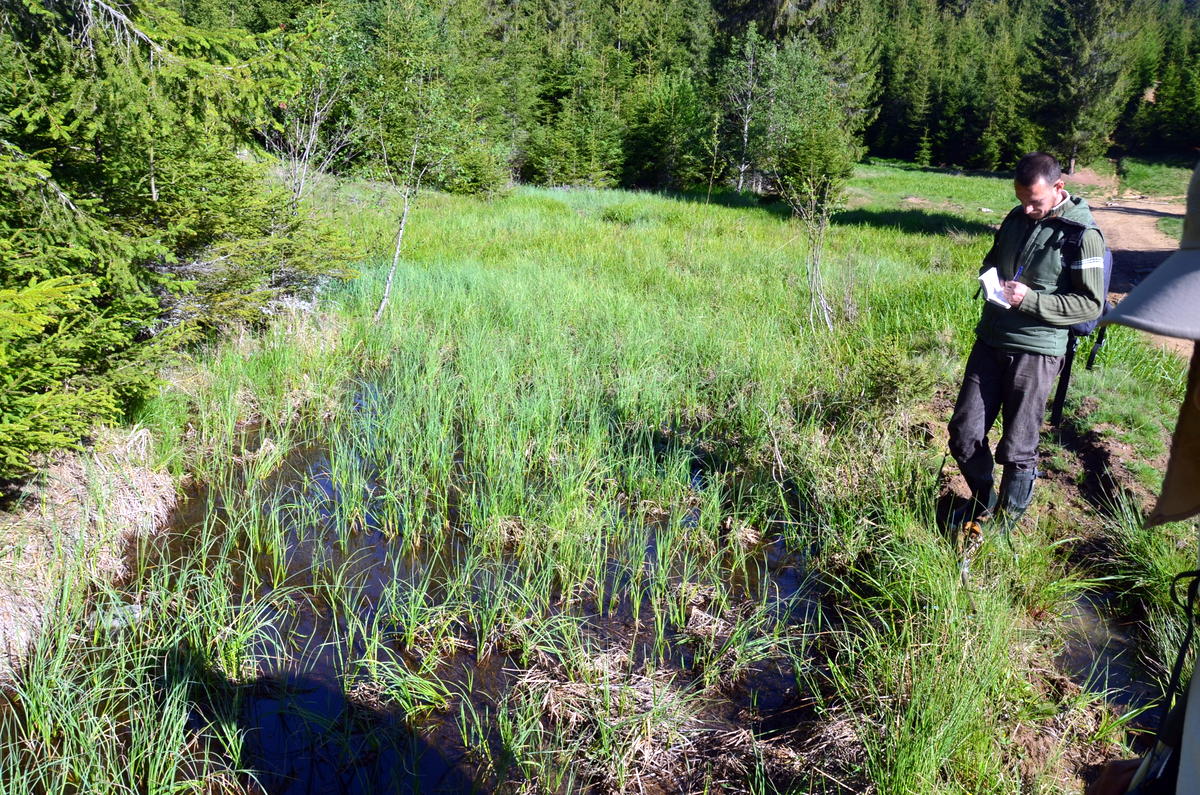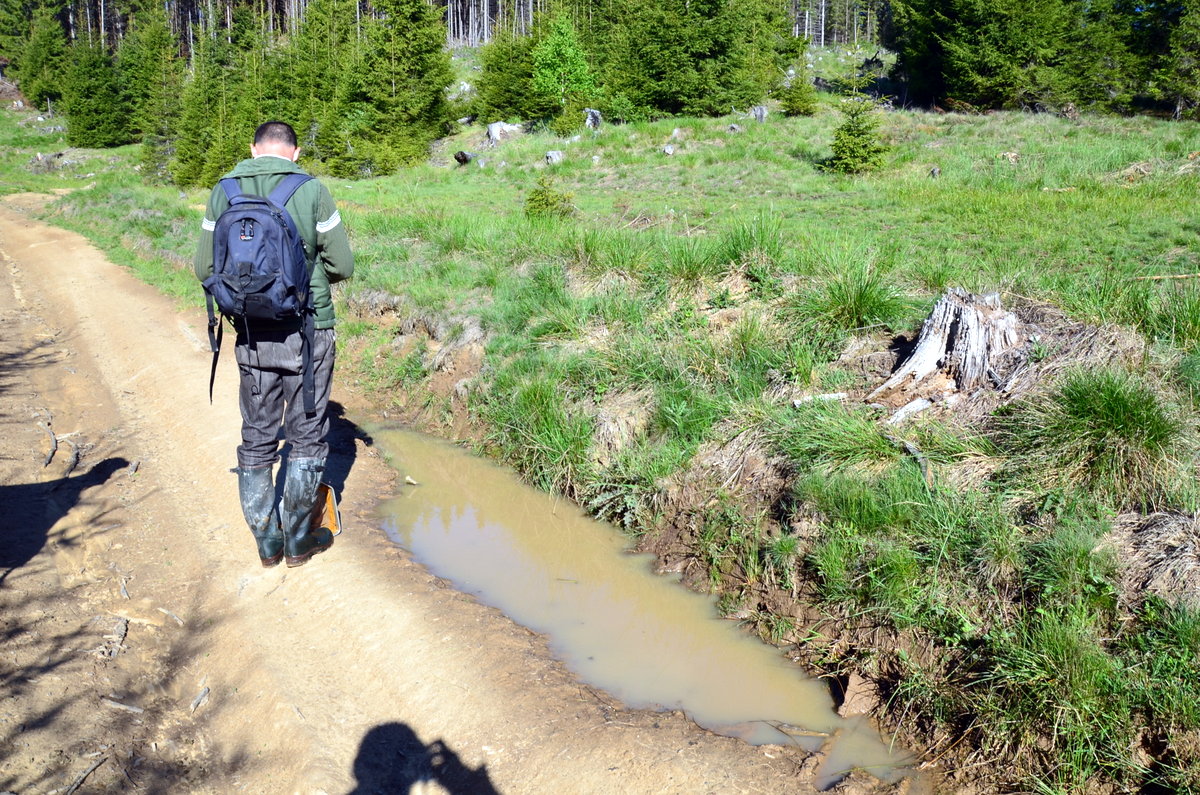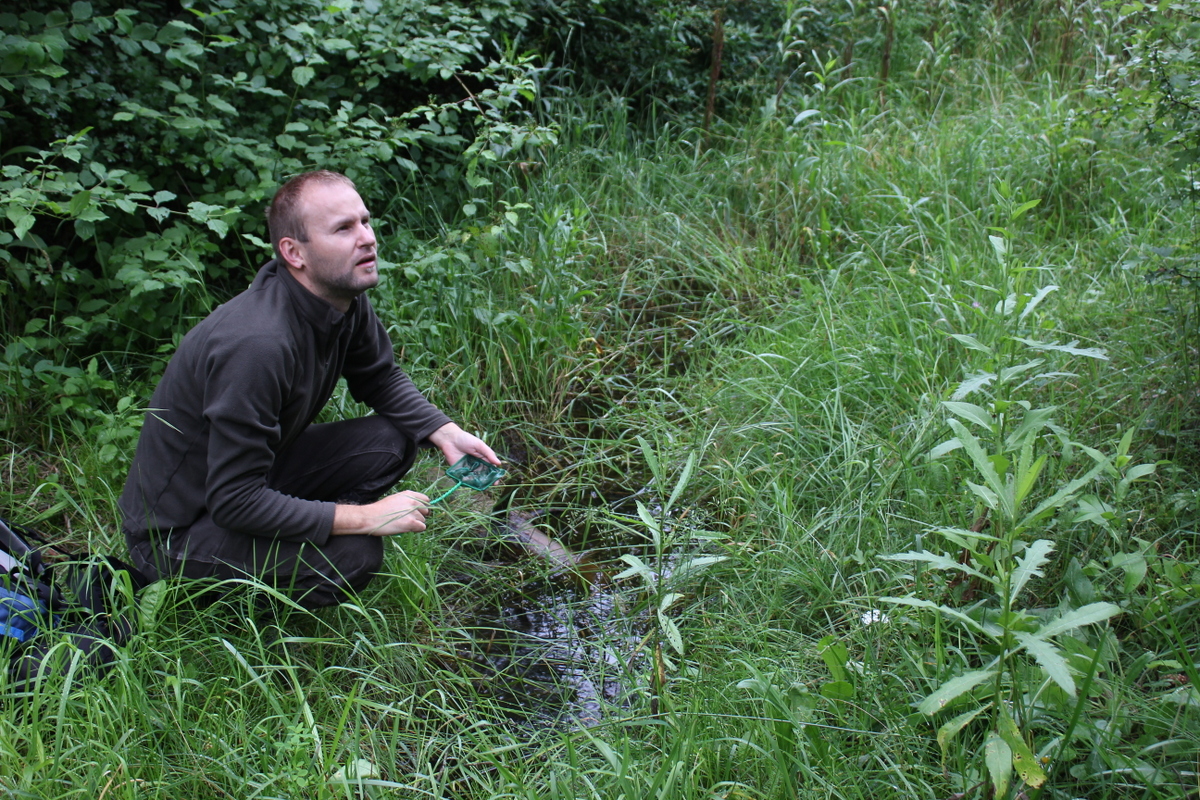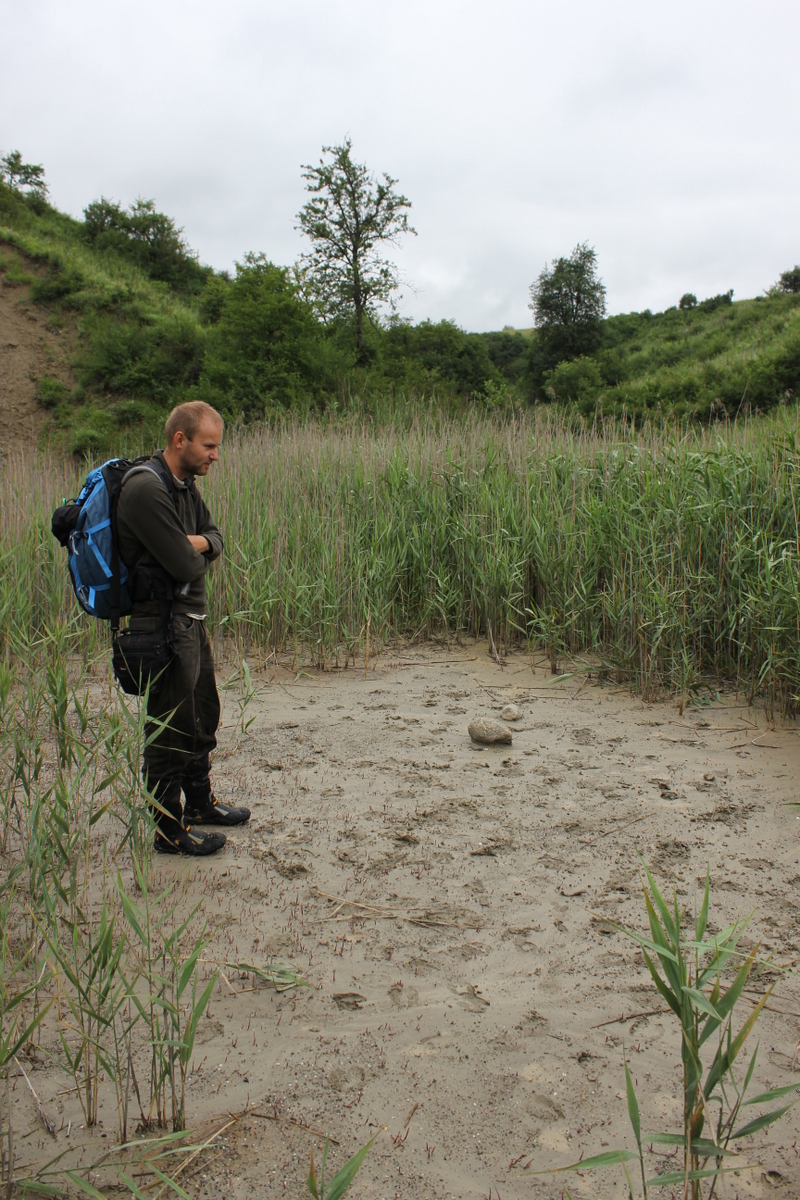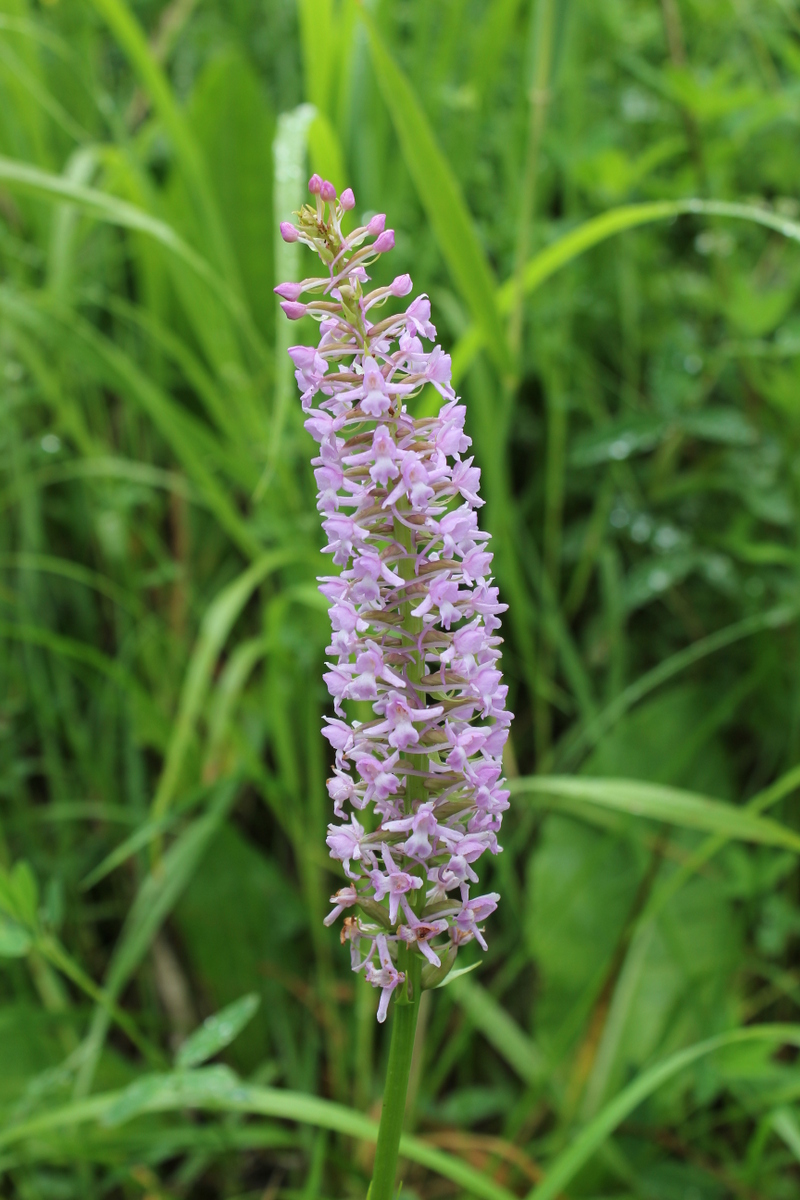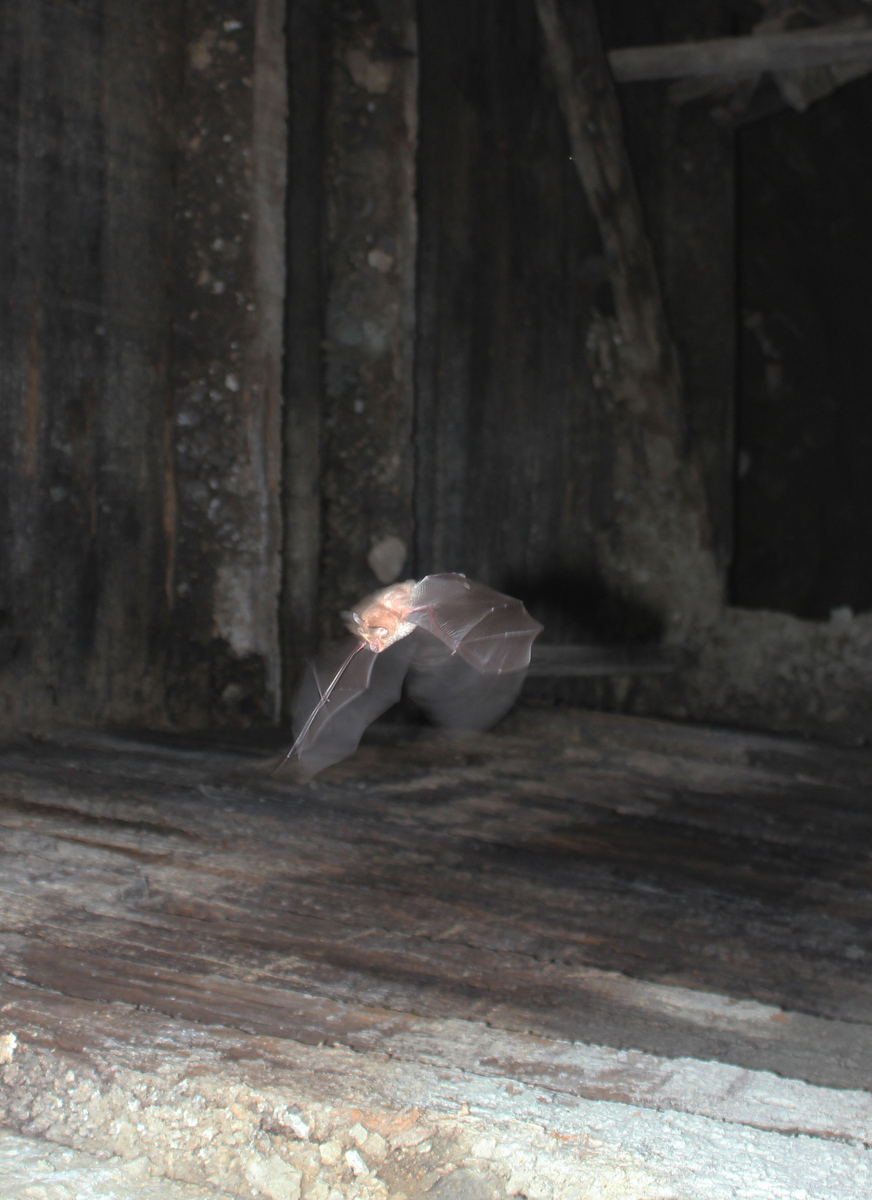Although the protected area is not a site of Community Importance, 2 habitats of of national conservative interest can be found: 1310-Salicornia and other annuals colonizing mud and sand and 6510 Lowland hay meadows (Alopecurus pratensis, Sanguisorba officinalis). The spontaneous flora of the Praid Salt Mountain reservation are halophilous plant associations.
The salts in the studied area have a high degree of differentiation in terms of salt concentration. Consequently, the coenotic diversity is great, being identified more than 9 halophilic associations, representing 12% of the total number of associations of the territory.
In the vicinity of the exposed salt rocks there are hill meadows –Agrostio- Festucion rubrae Puscariu et al. 56– and xeromesophilous meadows –Festuceto- Caricetum humilis Soó 48.
Characteristic species are: Agrostis tenuis, Festuca pratensis, Festuca rubra, Cznosurus cristatus. Other important species are Trifolium medium, Campanula abietina, Phleum montanum, Phleum commutatum.
The natural appearance of the area is affected by pine plantations-Pinus sylvestris and oak-Quercion petraeae Zólyomi- Jakucs 1957, Veronco officinalis- Quercion petraeae Pop 1971. Associations Pruno spinosae- Crataegetum Soó –1927– appear on the southern slopes.

 English | EN
English | EN  Română | RO
Română | RO  Magyar | HU
Magyar | HU 




